44 reading labels for carbs
How to Count Carbs for Your Diabetes Diet - WebMD Figure out the amount of carbs, protein, and fat you can eat at meals and snacks throughout the day to keep your blood sugar levels steady. Most adults with diabetes aim for 45-60 grams of carbs ... How Many Calories Are in a Gram of Carbs? | livestrong Oct 09, 2019 · You've got the skinny on how many calories are in a carb, but don't forget proteins and fats also supply calories. The USDA says protein has 4 calories per gram — the same as carbs — but fat has more than twice this amount, at 9 calories per gram, which means it is easier to overeat fat calories than those from carbs and protein.
Making Sense of Food Labels | ADA - American Diabetes Association Reading labels can help you find these hidden sources and compare the sodium in different foods. Whether you have diabetes or not, 2300 milligrams (mg) or less per day is the general recommendation. If you have high blood pressure, talk with your health care team to find out the best goal for you.
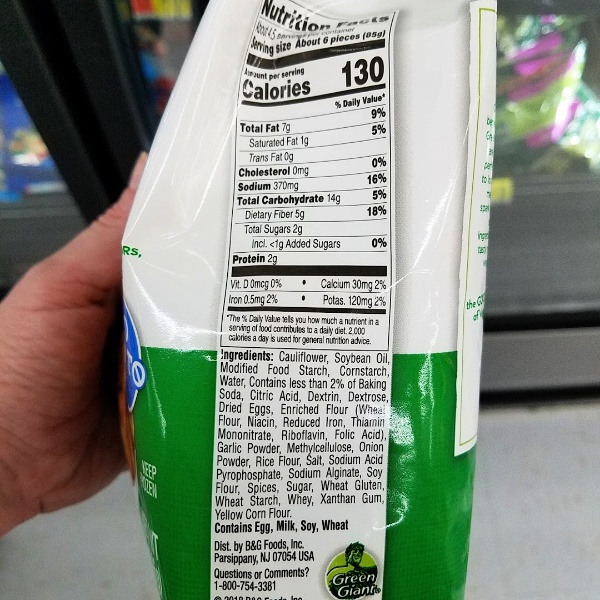
Reading labels for carbs
Participant Guide - More About Carbs - Centers for Disease ... 1. Starches 2. Sugars 3. Fiber 1. Starchy foods include: Starchy veggies Beans, peas, and lentils Grain foods Starchy veggies include: Corn Green peas Parsnips Plantains Carbs on Keto: How to Time Your Carbs To Stay in Ketosis Nov 06, 2020 · If you’re eating just 25-50 grams of carbs per day, you’ll want to make those carbs count. Carbohydrates include sugar, starch, and dietary fiber[ * ]. Foods rich in carbs include dairy products, grains such as bread, white rice, quinoa, and starchy vegetables such as sweet potatoes and green, leafy vegetables. Learning To Read Labels :: Diabetes Education Online When you read food labels, the grams of sugar are already included in the total carbohydrate amount, so you do not need to count this sugar amount separately. The grams of sugar listed include both natural sugars, from fruit or milk, and added sugars. On a nutrition food label, the total carbohydrate includes the sugar.
Reading labels for carbs. 3 Ways to Calculate Carbs - wikiHow Mar 18, 2022 · Foods that contain complex carbs also contain a lot of other valuable sources of vitamins, minerals and fibre. Simple carbs are found in fruits, milk, dairy products, candy, syrups, soda and any type of processed or refined sugar. Complex carbs and simple carbs like fruit, milk and other dairy products, should all be included in a healthy diet. Learning To Read Labels :: Diabetes Education Online When you read food labels, the grams of sugar are already included in the total carbohydrate amount, so you do not need to count this sugar amount separately. The grams of sugar listed include both natural sugars, from fruit or milk, and added sugars. On a nutrition food label, the total carbohydrate includes the sugar. Carbs on Keto: How to Time Your Carbs To Stay in Ketosis Nov 06, 2020 · If you’re eating just 25-50 grams of carbs per day, you’ll want to make those carbs count. Carbohydrates include sugar, starch, and dietary fiber[ * ]. Foods rich in carbs include dairy products, grains such as bread, white rice, quinoa, and starchy vegetables such as sweet potatoes and green, leafy vegetables. Participant Guide - More About Carbs - Centers for Disease ... 1. Starches 2. Sugars 3. Fiber 1. Starchy foods include: Starchy veggies Beans, peas, and lentils Grain foods Starchy veggies include: Corn Green peas Parsnips Plantains



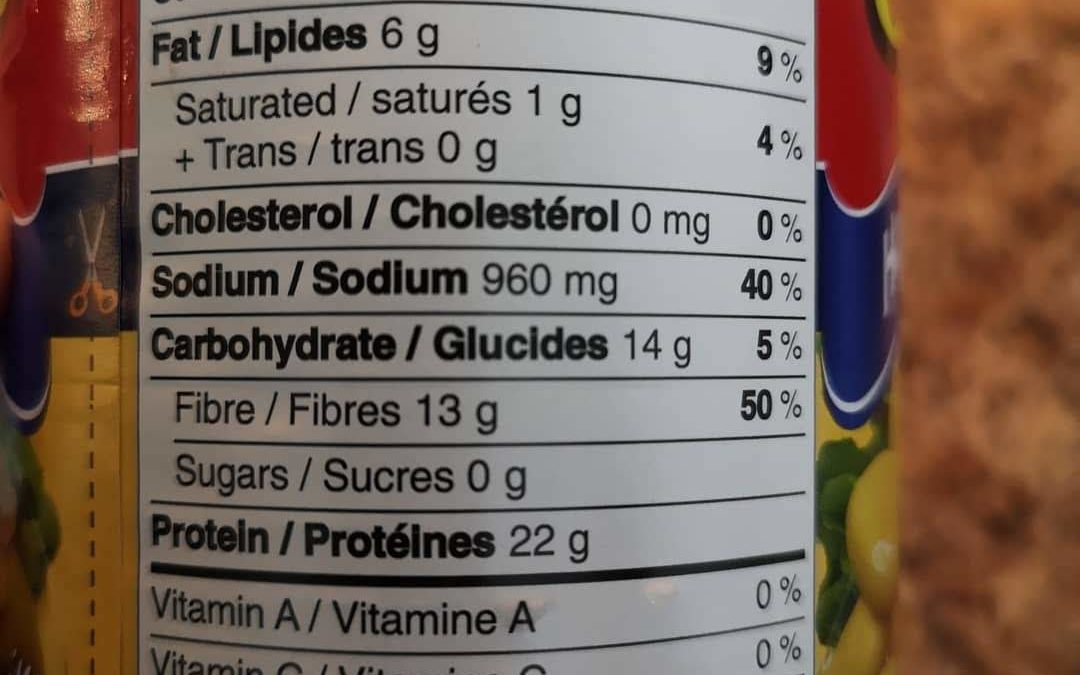

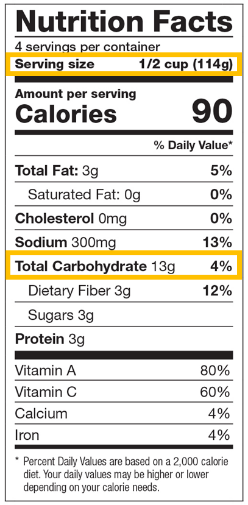

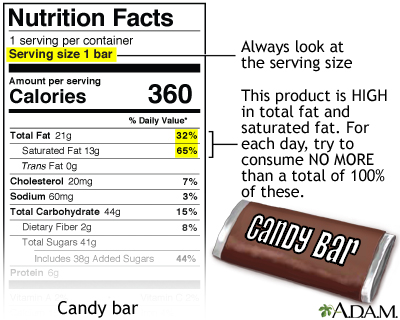
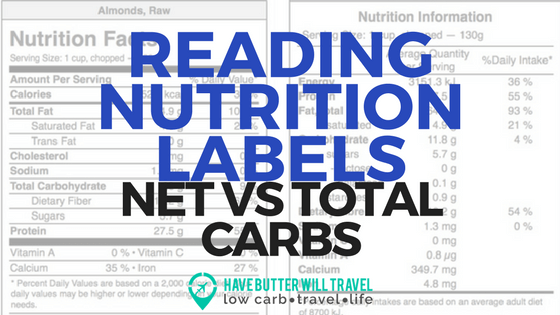


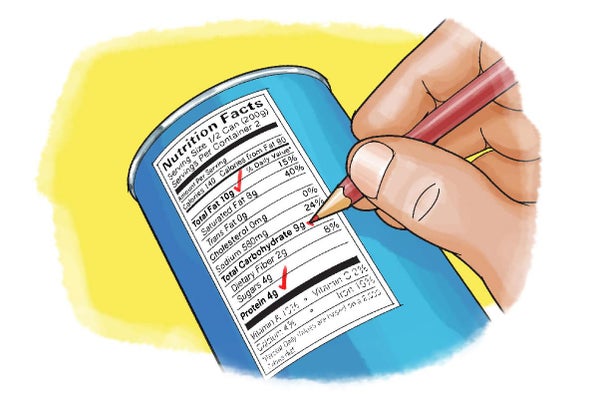
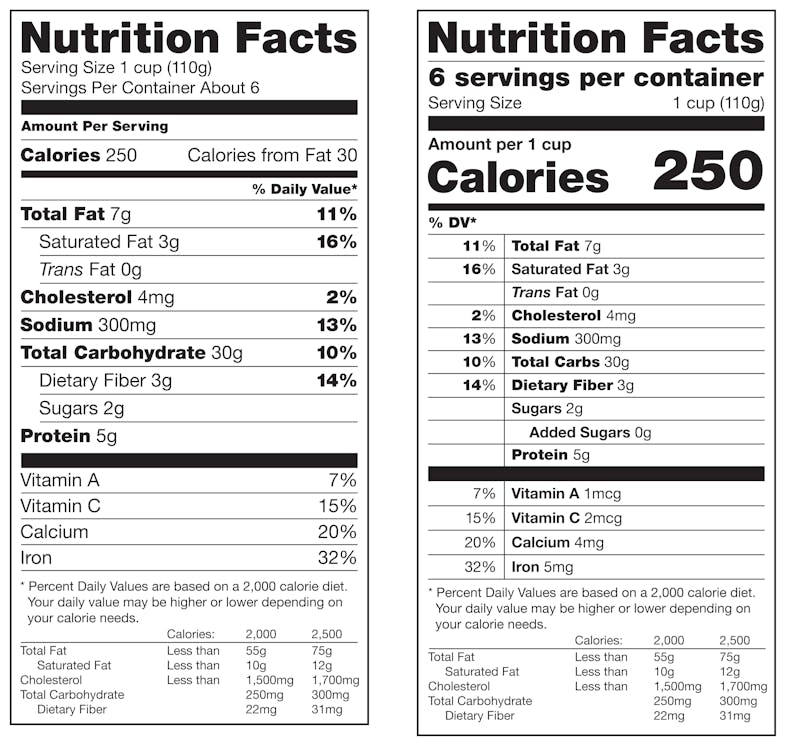
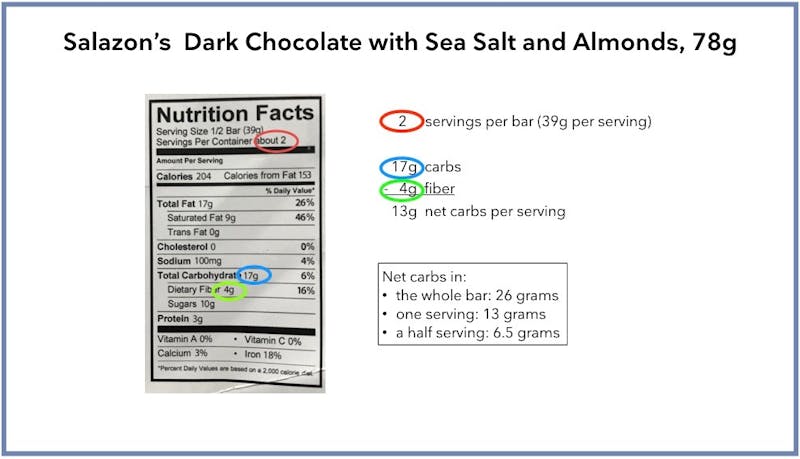
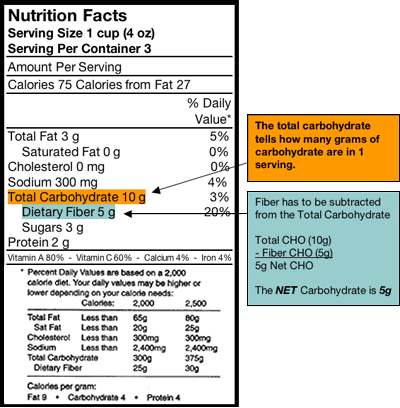
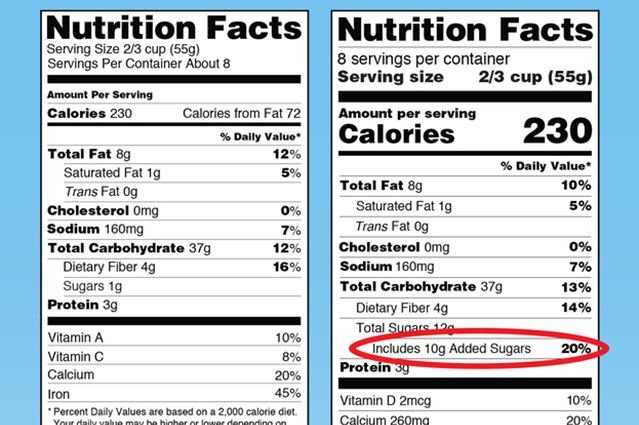
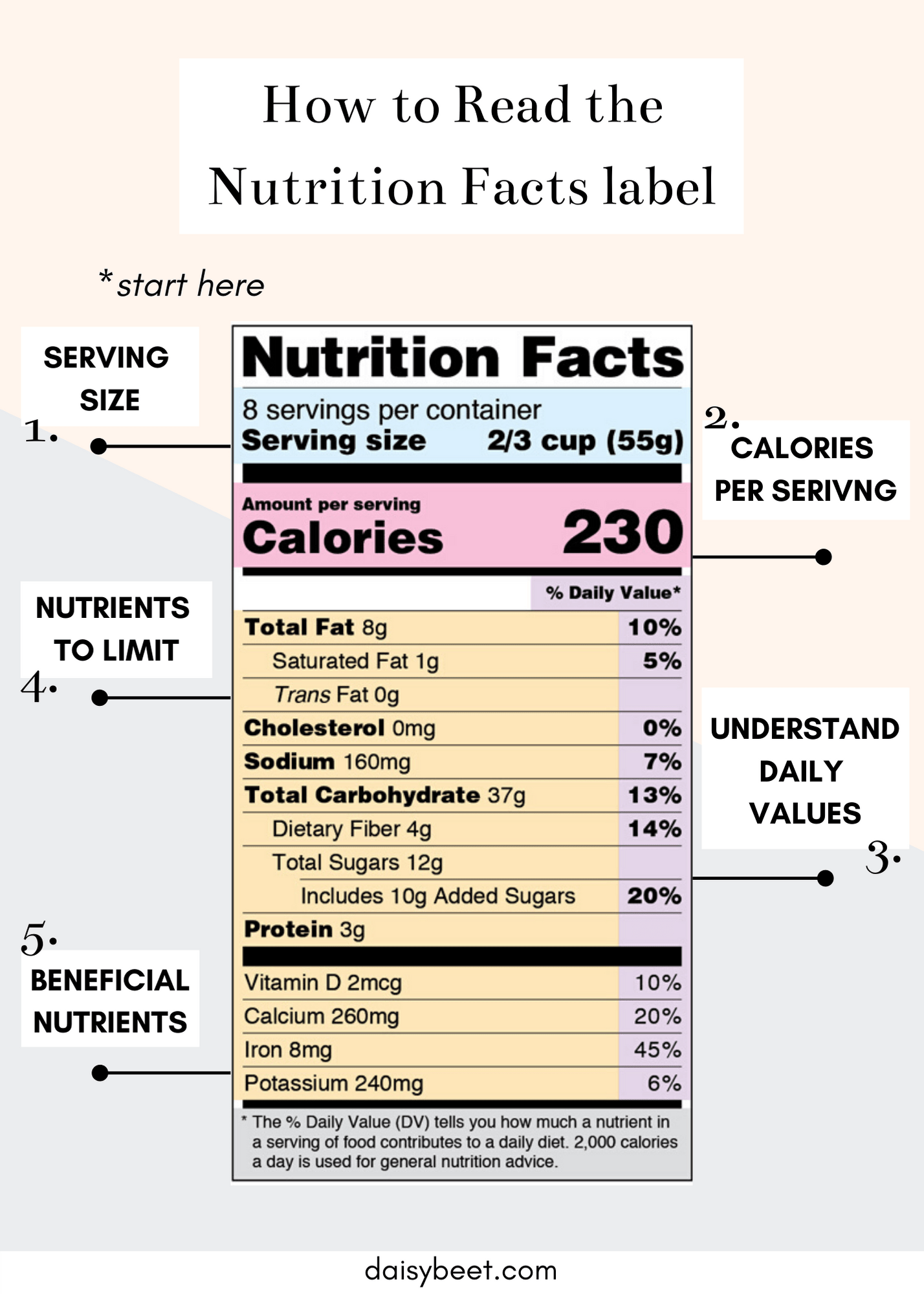

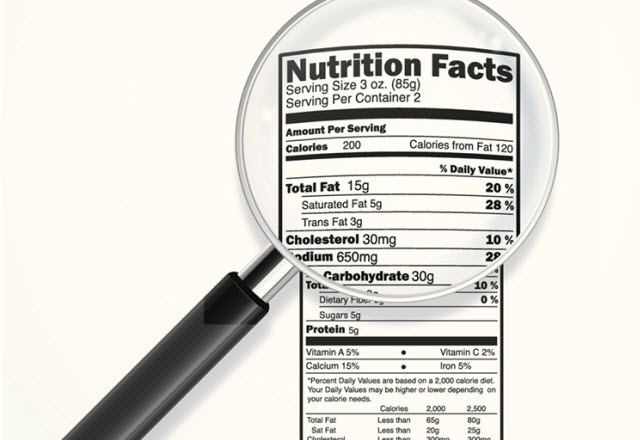


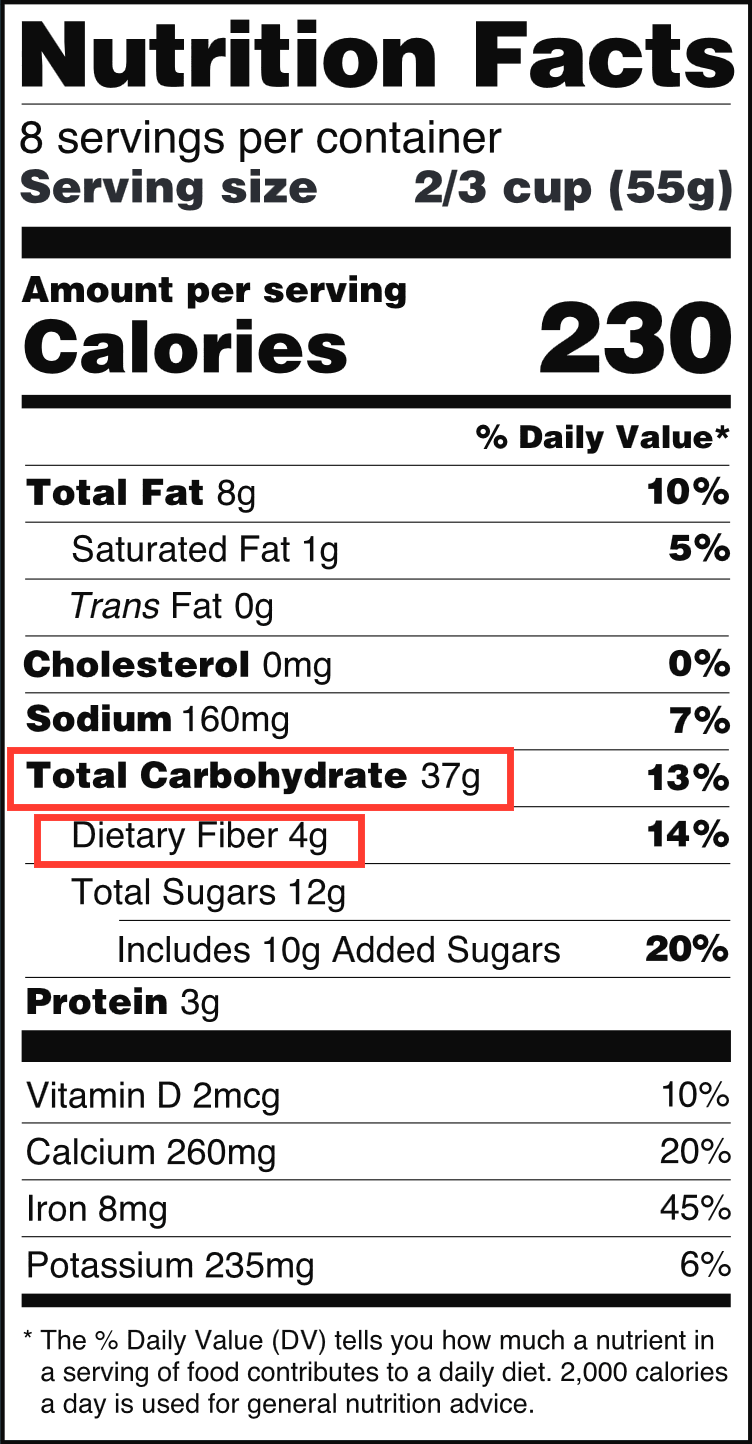
/Untitled-design-1--5755c3703df78c9b46903dab.jpg)
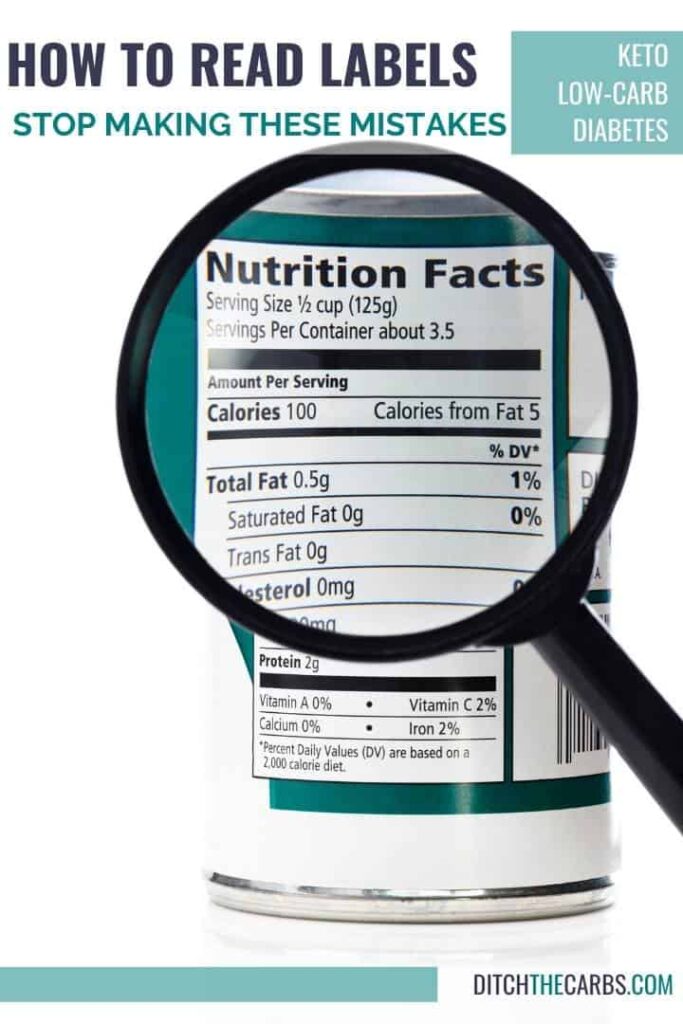
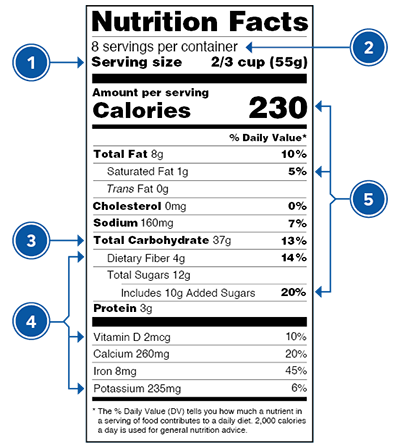


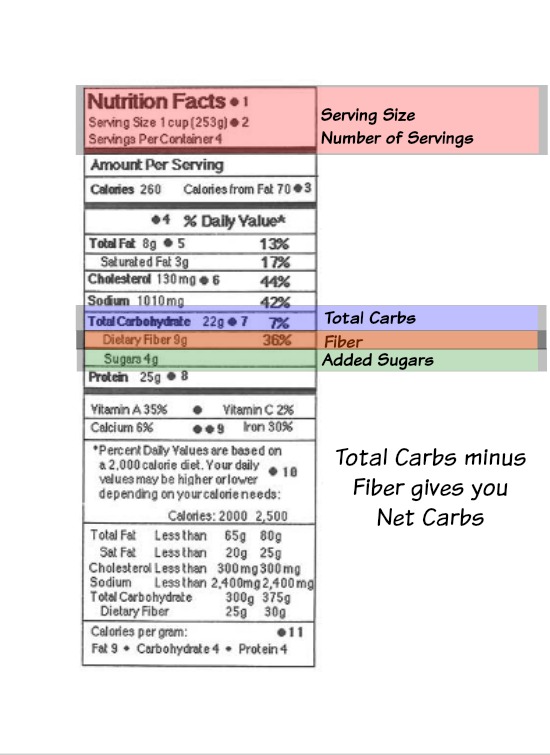



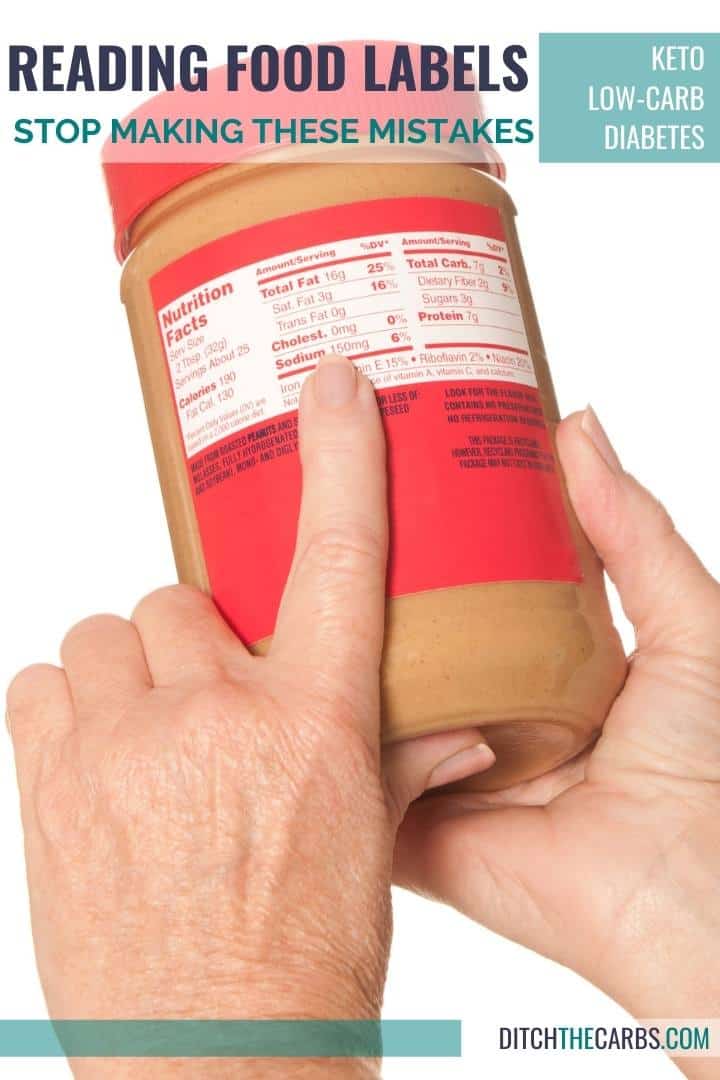
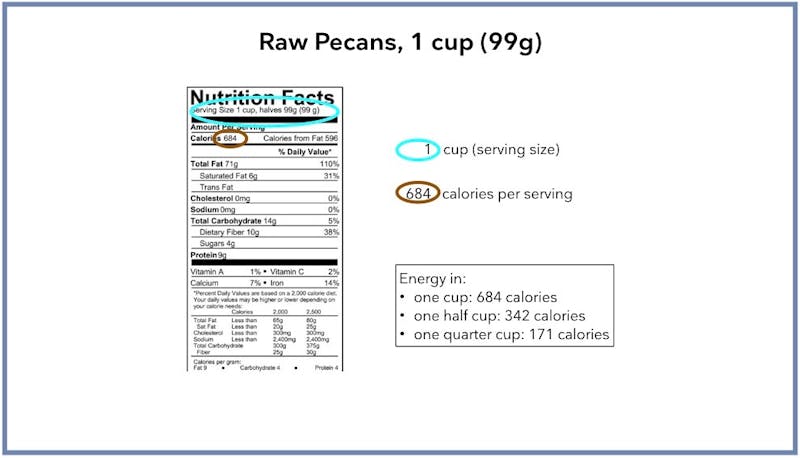


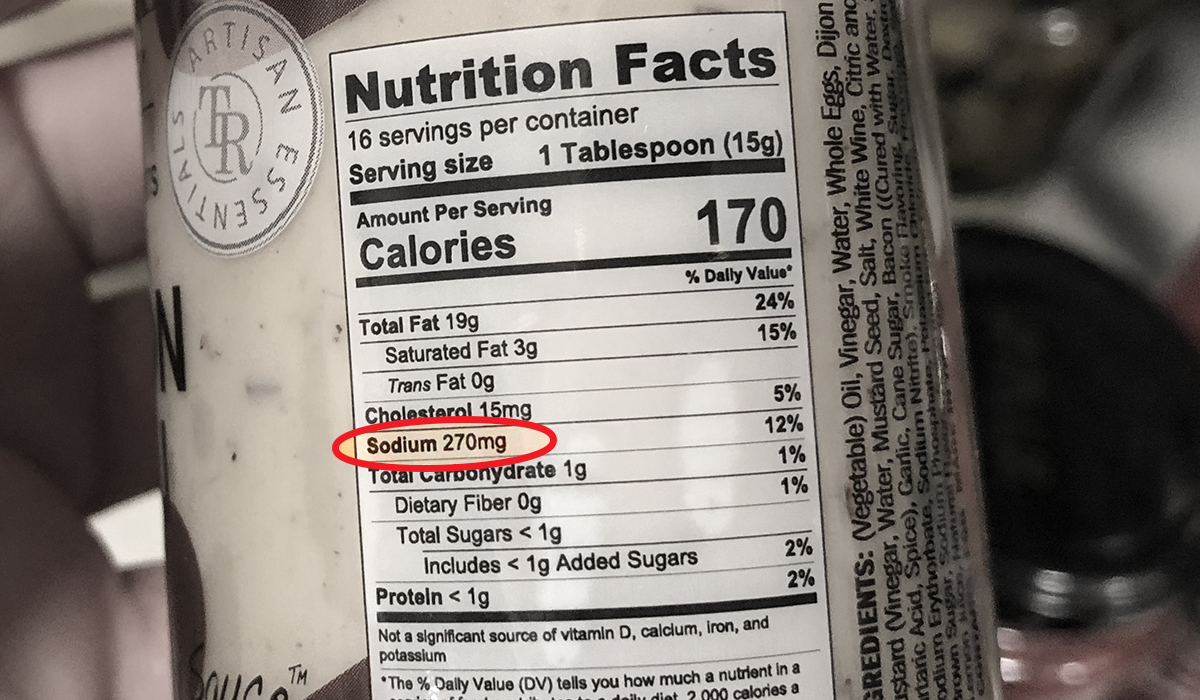
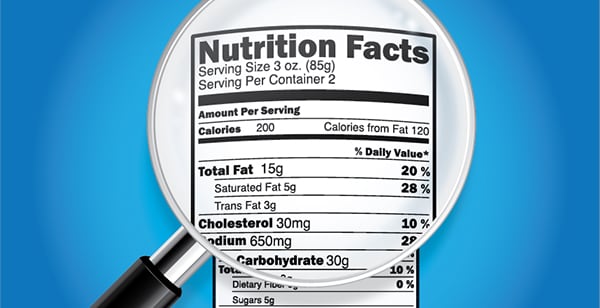
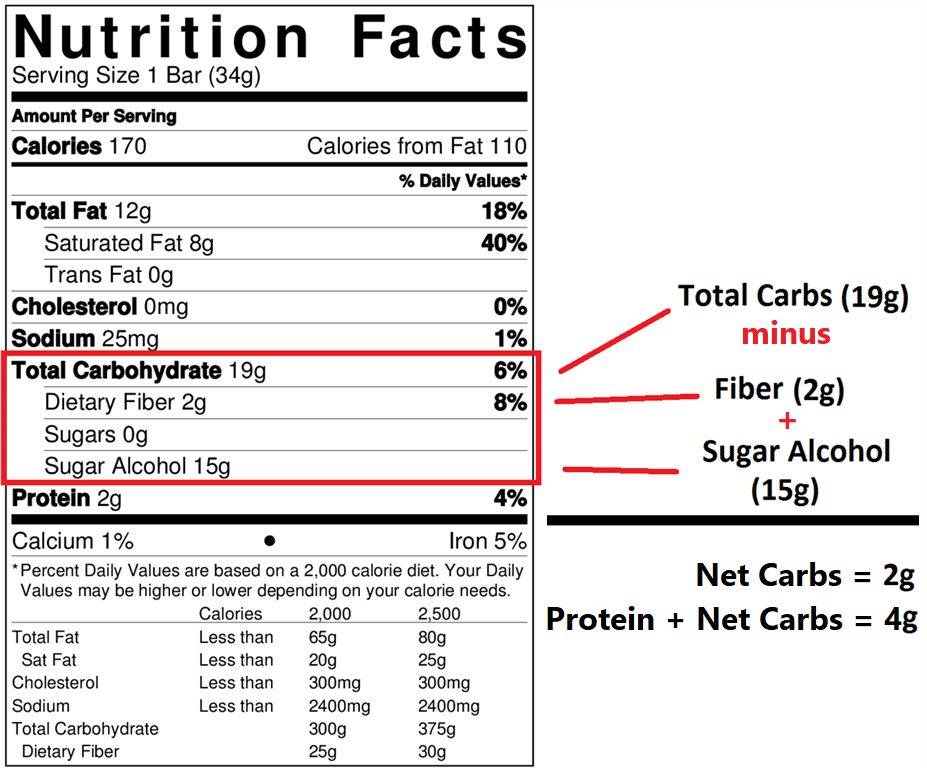

Post a Comment for "44 reading labels for carbs"